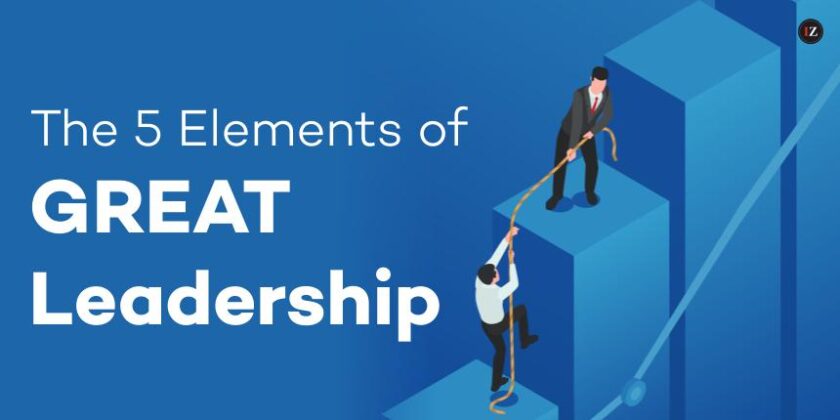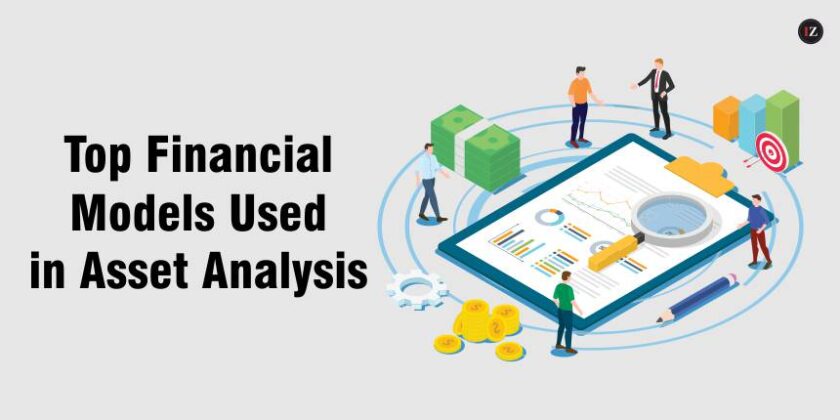A leadership development plan is a useful tool to ensure that your organization has a strong pipeline of future leaders. The continuous evolution and success of any organization are linked to the continuous growth and evolution of its leadership. Creating a solid leadership development plan helps outline detailed steps to identify and nurture the next generation of leaders within your organization.
In many companies, the individuals who make their way to the top of the hierarchy do so by demonstrating superlative performance, persistent ambition, and the ability to solve the problems of the moment. These are valuable traits, but they are not the skills of a strategic leader.
Strategic leaders gain their skill through practice, and practice requires a fair amount of autonomy. Top leaders should push power downward, across the organization, empowering people at all levels to make decisions. Distribution of responsibility gives potential strategic leaders the opportunity to see what happens when they take risks. It also increases the collective intelligence, adaptability, and resilience of the organization over time, by harnessing the wisdom of those outside the traditional decision-making hierarchy.
Assess and identify talent
Some organizations have a formal leadership development program and talent pools from which they can select talent for a specific leadership development plan. However, some organizations do not have formal talent identification or assessment procedures.
Be honest and open about information
The management structure traditionally adopted by large organizations evolved from the military, and was specifically designed to limit the flow of information. In this model, information truly equals power. The trouble is, when information is released to specific individuals only on a need-to-know basis, people have to make decisions in the dark. They do not know what factors are significant to the strategy of the enterprise; they have to guess. And it can be hard to guess right when you are not encouraged to understand the bigger picture or to question information that comes your way. Moreover, when people lack information, it undermines their confidence in challenging a leader or proposing an idea that differs from that of their leader.
Interact with Your Network
A professional network is one of the most valuable resources in any leader’s arsenal, so make it a point to grow yours. Throughout your leadership development journey, connect with like-minded peers and seek out opportunities to not just employ the knowledge you’ve gained, but receive feedback on your progress.
These kinds of interactions are core tenets of the online course Leadership Principles. In Leadership Principles, learners practice delivering feedback to each other through video upload exercises that allow them to evaluate their effectiveness in various business scenarios.
Develop opportunities for experience-based learning
The vast majority of professional leadership development is informative as opposed to experiential. Classroom-based training is, after all, typically easier and less expensive to implement; it’s evidence of short-term thinking, rather than long-term investment in the leadership pipeline. Although traditional leadership training can develop good managerial skills, strategists need experience to live up to their potential.
Delegate & Empower
Perhaps the best leadership strategy to engage your team is to empower them by delegating greater responsibility. It can be exciting to be entrusted with a position of responsibility, so if something makes you feel a sense of self-worth, give that self-worth to others on your team. Find areas where you can give people the responsibility and, importantly, the authority to get things done.
Leadership is a journey with no real destination. Great leaders commit to continued growth and refinement through continued education, practical application of skills, and networking both internally and externally. You are never done growing as a leader.
HR and business leaders will be playing catch-up with all the changes that have happened because of COVID-19. However, leaders must press ahead by adapting proven processes, relinquishing those that do not meet the demands of the times, becoming more agile, and acquiring digital and cultural intelligence to face these challenges.
Most importantly, leaders cannot lose sight of employees and the next generations of leaders who want to be equipped to meet the challenges ahead. They may be intimidated by the volatility of the times, but they are also excited about the opportunities that arise during times of crisis. Invest in your future leaders by creating leadership development plans and ensure the needed skills are identified and developed in real-time.




